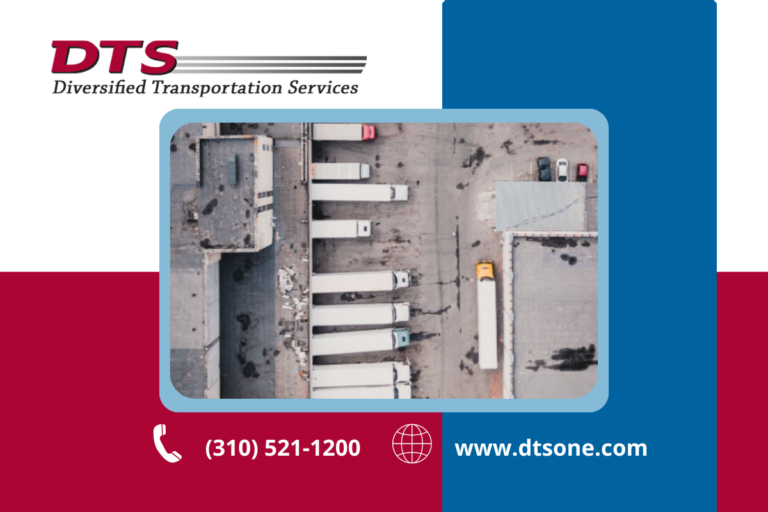
Navigating the global transportation network, which employs nearly 12 million diverse trucks, trains, and ships, poses a challenge, particularly for newcomers exploring the realm of full truckload logistics.
Time may be of the essence, but you know you've got to be "in the loop" when it comes to your business's shipping logistics.
You also know that just getting freight moved isn't the whole story. You need to get it done in the most cost-effective way possible, without compromising quality or safety.
For insights on making optimal truckload logistics decisions for your company, continue reading.
The industry of full truckload logistics deals with matching the kinds of freight you have to deliver with the ideal equipment needed to deliver it. The goal of truckload logistics is to get your materials and products shipped to their destinations on time in the most economical way possible. Factors like destination, product or material type, and deadline all come into consideration when matching freight with transport equipment.
As pointed out above, the kind of equipment used to deliver something depends largely on the product or material being delivered. The conventional options for shipping include the following:
Weight restrictions and regulations differ for each freight carrier, particularly within FTL in transportation. Most logistics companies can easily manage any load weighing between 42,000 and 44,000 pounds. A full-sized 53-foot van can handle as much as 45,000 pounds of freight.
But how can you benefit from entrusting your shipping operations to third-party truckload carriers?
The following are just a few reasons you should invest in an experienced truckload logistics company:
When you're ready to streamline your business operations, rely on DTS as your customer-oriented option for FTL shipping.
Whether you're a company looking to improve one facet of your supply chain, your entire supply chain, or simply looking for a transportation and logistics consultation, we can help.